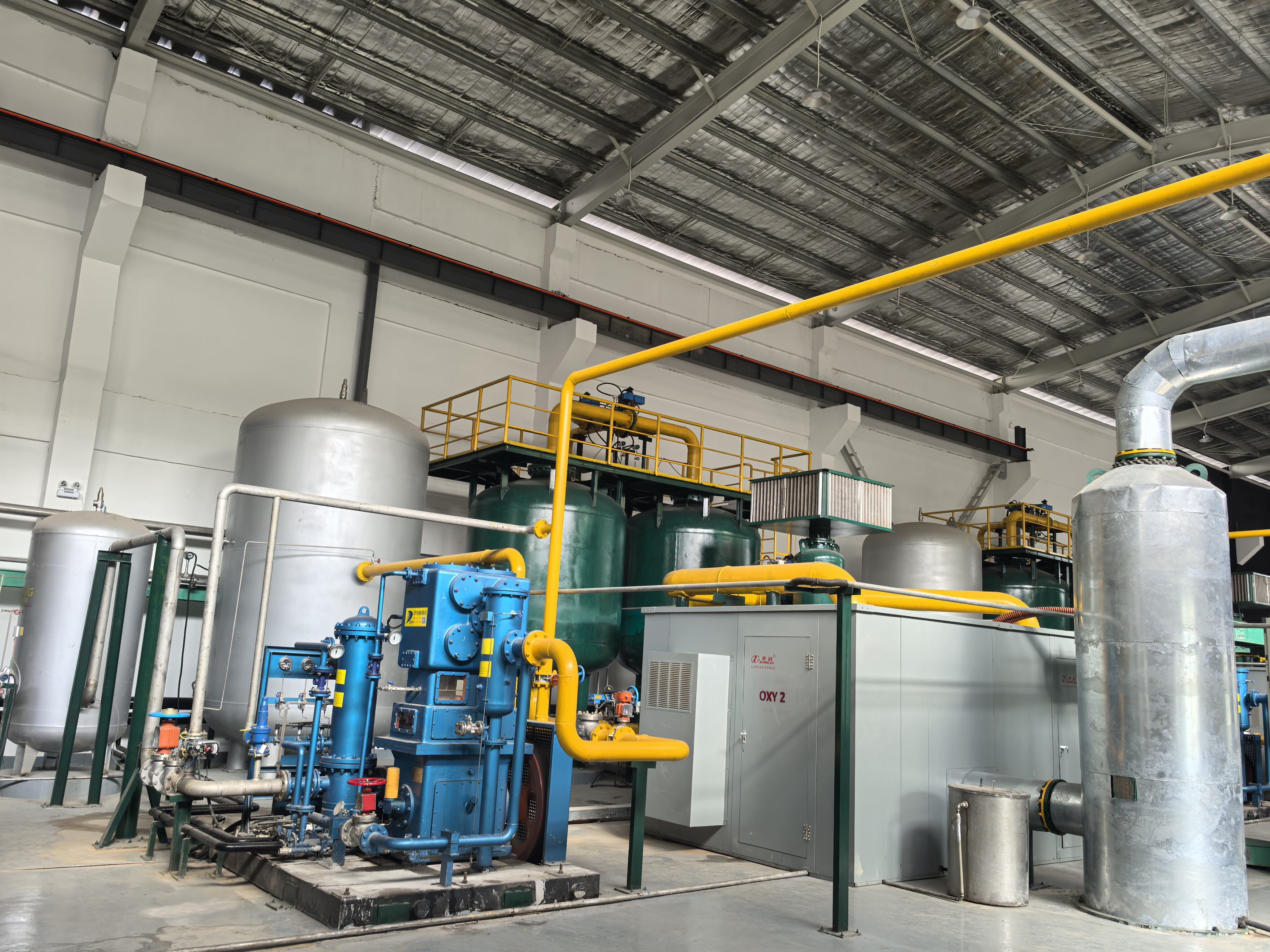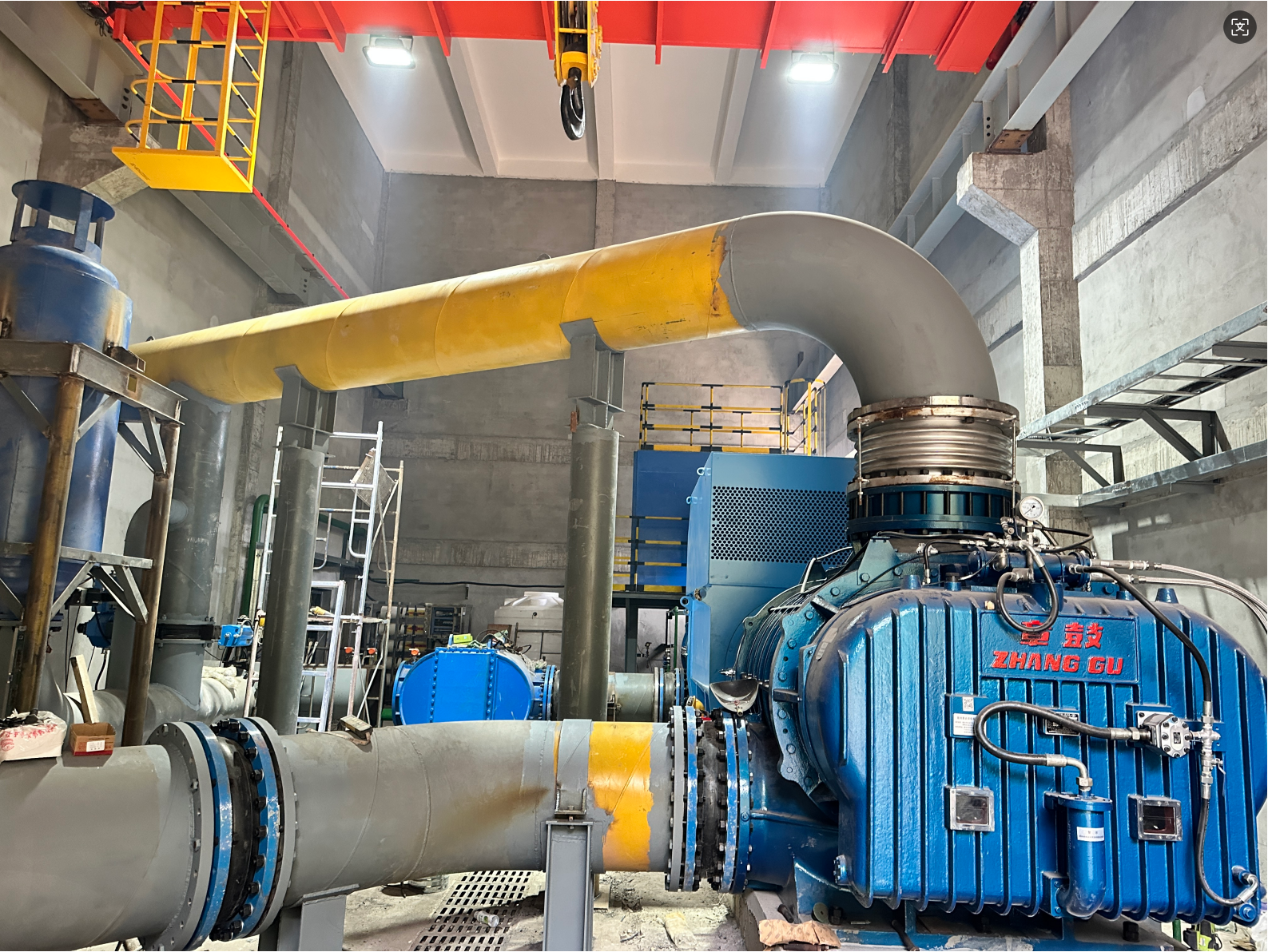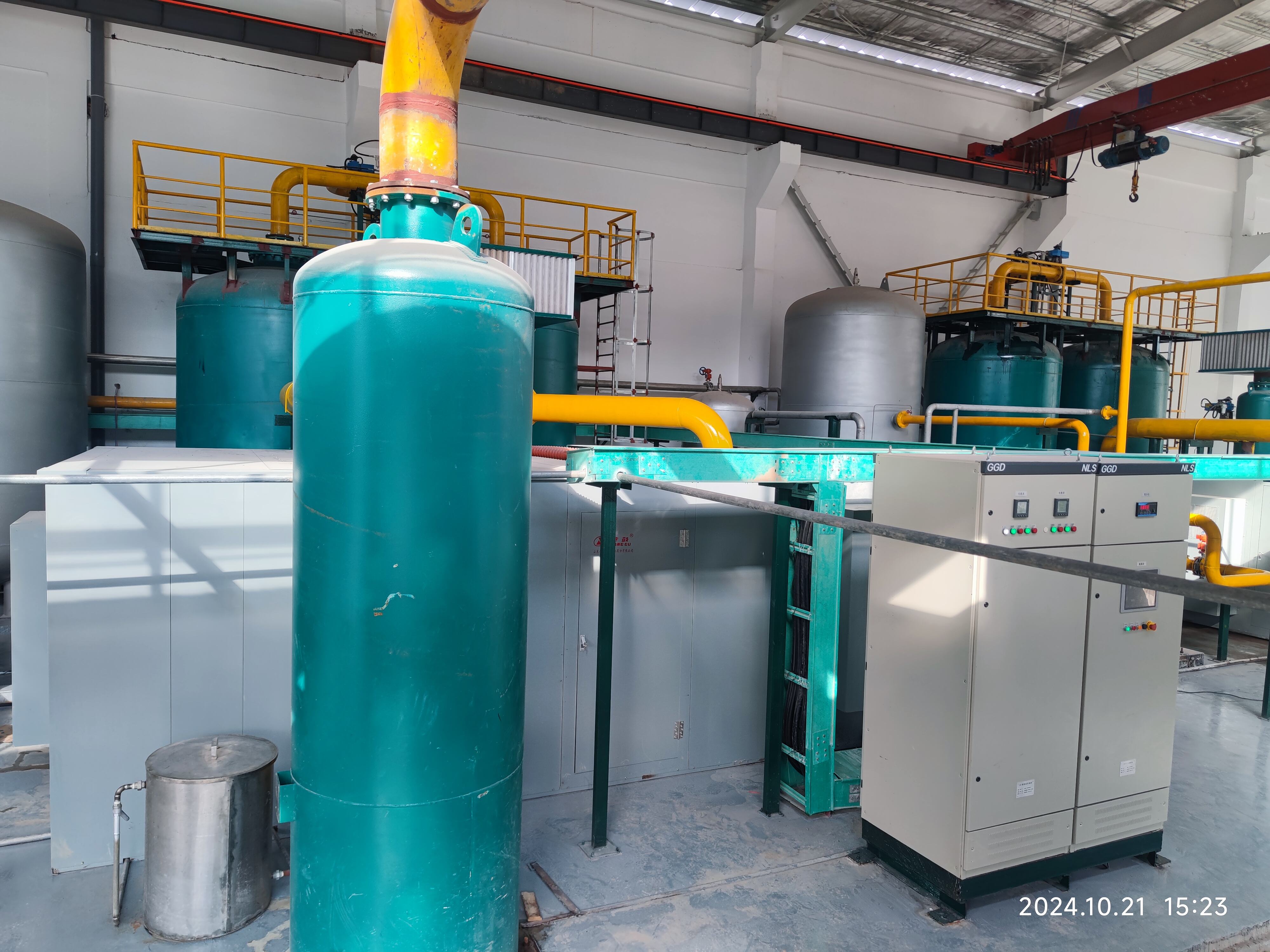ऑक्सीजन उत्पादन के लिए पीएसए तकनीक
ऑक्सीजन उत्पादन के लिए प्रेशर स्विंग एडवर्टाइज़मेंट (PSA) प्रौद्योगिकी एक क्रांतिकारी दृष्टिकोण प्रस्तुत करती है, जो उच्च-शुद्धि ऑक्सीजन का उत्पादन एक जटिल अणु पृथक्करण प्रक्रिया के माध्यम से करती है। यह प्रौद्योगिकी विशेष रूप से बनाए गए अवशोषण सामग्री, आम तौर पर जीओलाइट अणु छिद्र, का उपयोग करती है जो वातावरणीय हवा से नाइट्रोजन को चुनौती पेश करते हैं जबकि ऑक्सीजन को बहने देते हैं। प्रक्रिया दबाव चक्र के माध्यम से कार्य करती है, जहाँ संपीड़ित हवा को उच्च दबाव पर अवशोषण बेड़ों में पेश किया जाता है, जिससे नाइट्रोजन अणु पकड़े जाते हैं जबकि ऑक्सीजन अणु स्वत: बहते हैं। प्रणाली को बहुत से बर्तन का उपयोग बदलते चक्रों में किया जाता है, जिससे लगातार ऑक्सीजन उत्पादन सुनिश्चित होता है। संचालन के दौरान, एक बर्तन गैसों को अलग करने में सक्रिय रूप से काम करता है जबकि दूसरा दबाव कम करके पुनर्जीवित होता है, इस प्रकार एक कुशल और विश्वसनीय उत्पादन चक्र बनाता है। PSA प्रणाली 95% तक ऑक्सीजन शुद्धता स्तर प्राप्त कर सकती है, जिससे वे विभिन्न औद्योगिक, चिकित्सा और व्यापारिक अनुप्रयोगों के लिए आदर्श होती है। यह प्रौद्योगिकी अग्रणी नियंत्रण प्रणालियों को शामिल करती है जो संचालन पैरामीटर का पर्यवेक्षण और समायोजन करती हैं, जिससे निरंतर आउटपुट गुणवत्ता सुनिश्चित होती है। आधुनिक PSA स्थापनाएँ ऊर्जा-कुशल घटकों, स्वचालित संचालन अनुक्रमों और मजबूत सुरक्षा मेकनिजम्स के साथ आती हैं। ये प्रणाली विविध क्षमता आवश्यकताओं को पूरा करने के लिए स्केल की जा सकती हैं, छोटे चिकित्सा सुविधाओं से लेकर बड़ी औद्योगिक संचालनों तक, लागू करने और विस्तार करने में लचीलापन प्रदान करती हैं।


